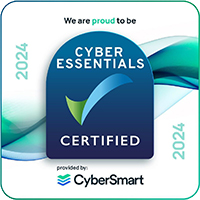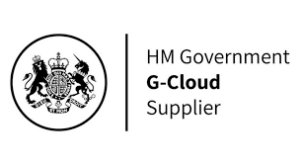COURSE
Collaborative Working
This course is a key component of any user adoption journey and the biggest change for those users who are migrating to MS365. Whilst core components of this course will be required, there is likely to be bespoke elements relevant to your own organisation. A typical course agenda will include:
Introduction
- • Overview of corporate strategy
- • What is MS 365 and where are we on the journey so far?
- • What is collaborative working?
Presence
- • Managing presence status, calendar management, out of office
- • Understanding how presence is shown across applications
Overview of Teams Channels
- • What is a Team / Channel?
- • When to use chat versus channel conversation
- • Who can take part in conversations?
- • Current set up and governance for use**
Managing Conversations
- • How to start a new conversation including governance, formatting and attaching / linking files
- • Replying to conversations including governance, emojis, and actions
- • When and how to use applications within a conversation, for example loop, approvals, polls to name a few**
- • Managing notifications and understanding real time indications of activity
- • Top tips for managing view and teams layout
File Management
- • Understanding file tab – navigation, lay out, filters
- • Managing files - moving files, check in / out, using search facilities
- • Understanding link to sharepoint site, managing access, sharing links
- • Creating new files and folders
- • Best Practice tips
Co – Authoring Documents
- • Managing who can co-author documents and how to recognise who is working on the document
- • How to communicate and review changes with clients / colleagues
- • Managing version history, restoring files and creating new versions of a trusted document
- • Managing alerts for changes to documents
- • Where should documents be saved and how can they be easily accessed



